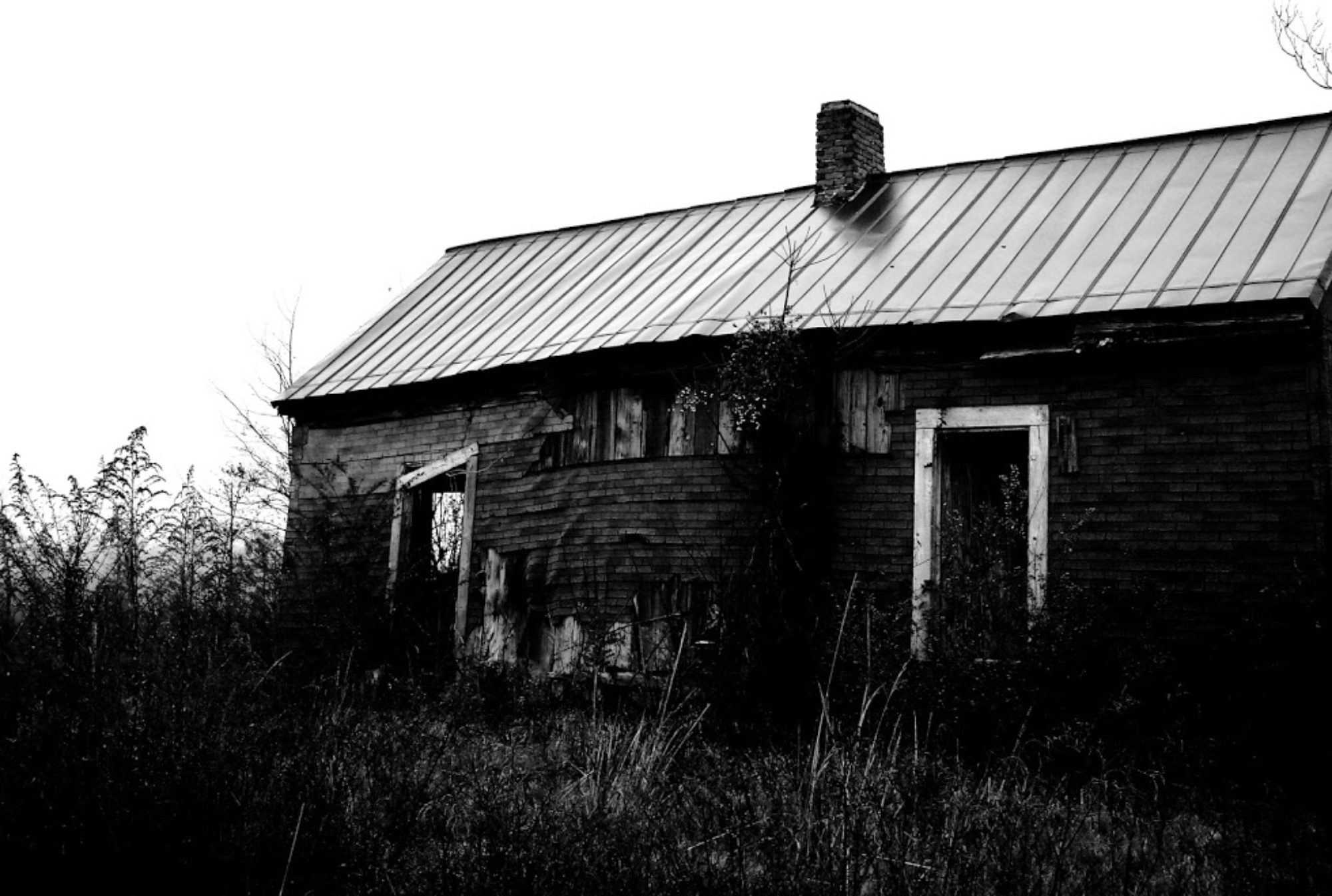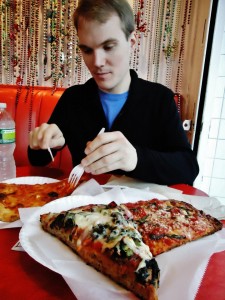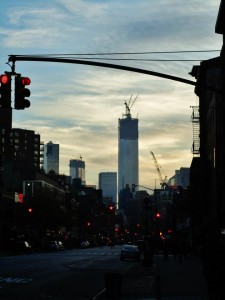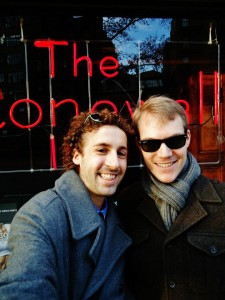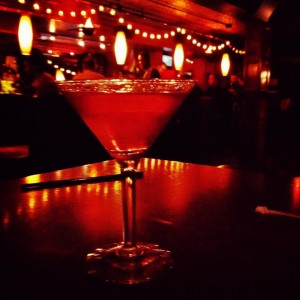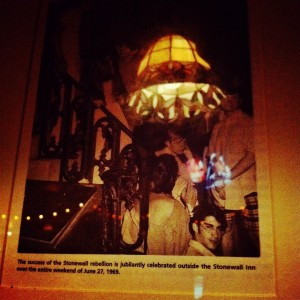We’re all in Monday mode. Some of us just need coffee to snap out of it. Or something stronger. Really, though, most just need a wake up call.
And I got mine this morning, when I read this article about the anniversary of a horrific event I had no knowledge of.
Forty years ago today, the UpStairs Lounge fire in New Orleans claimed the lives of 32 people who gathered to celebrate the anniversary of the Stonewall riots.
Thirty-two people.
Each of whom died brutally and, in death, was a punchline of bigoted disc jokey jokes. Out of hatred and embarrassment, some of their bodies were never claimed. Their lives were relegated to historical obscurity, their charred bodies to a potter’s field.
***
The murder of a single person is horrific, yet there’s the promise of justice, of some promise for balance–that the guilty party will be made to answer for their crime. But the “otherness” of those who perished in the UpStairs Lounge didn’t justify a thorough investigation. Their lives, their stories, their families, their friends, their contributions meant nothing to the law enforcement personnel who waded through the wreckage, who left the body of Rev. Bill Larson fused to iron window bars overnight.
Very little separates people who view those different from themselves in such a casual, dismissive way from people in swastika-adorned uniforms surveying a barbed wire enclosed camp. In the same disturbing ways, they justify their behavior. Because there has to be a scapegoat, right? And it can’t be us. So it has to be them.
But the alarming point is that many people choose to think this way–whether it’s some perverse malignancy of thought or contorted survival mechanism, they embrace it. They don’t ever think that the microscope can ever be turned on them–that they will one day find themselves the target, not the eye through the scope. Regardless of upbringing and education, nationality or creed, there’s always a tipping-point at which a person has to take a deep, hard look in the mirror and either register their reflection as that monster lurking within their consciousness, or an empathetic advocate.
And if you’re brave enough to become an advocate, to speak your mind, to defend those who ask for help, then you’re stronger than any adversary. Because strength isn’t measured by how many Molotov cocktails one can throw from afar, but by how many people you can help, to whom you can lend a hand.
By the number of people you can educate.
Because what can be said of us when we can go about our days unfazed by such horrific images? How can we buy clothes from retailers whose problematic, unethical employment practices force Bangladeshi garment factory workers to choose between their safety and their paychecks? Why has our moral compass become so terribly confused by cheap polyester and the “more is better” mentality?
Where has our goodness gone?
Goodness resides in education. It’s there, waiting to be unlocked and shared.
And has been, and will continue to be.
By Inez Warren, the mother of Eddie and Jim Warren–two gay brothers–who died in the blaze with her sons.
By pastors of the Metropolitan Community Church, one of whom died trying to rescue his partner, their bodies found clinging to one another.
By Rev. William Richardson, who held a prayer service for the dead and received a formal rebuke from the Episcopalian bishop and a flood of hate mail.
By my parents, whose strides to build and support an LGBT ministry with other advocates in the heart of the Deep South are awe-inspiring.
By my sister, who has always been my fiercest advocate.
By my friends and chosen family at the LGBT Center of Raleigh and across the country.
***
So as manifold reforms hinge upon the Supreme Court’s decisions this week, I cannot help but cast a retrospective glance, acknowledging the inherent strength and power that we possess to effect change.
Regardless of the outcome, let’s not couch our efforts in whether we “win” or “lose.” Because the world is a topsy-turvy place.
And, right side up or upside down, we’ll always have to clear a hurdle or two.
But it’s always easier when you have a team cheering for you.
A team you can count on.
